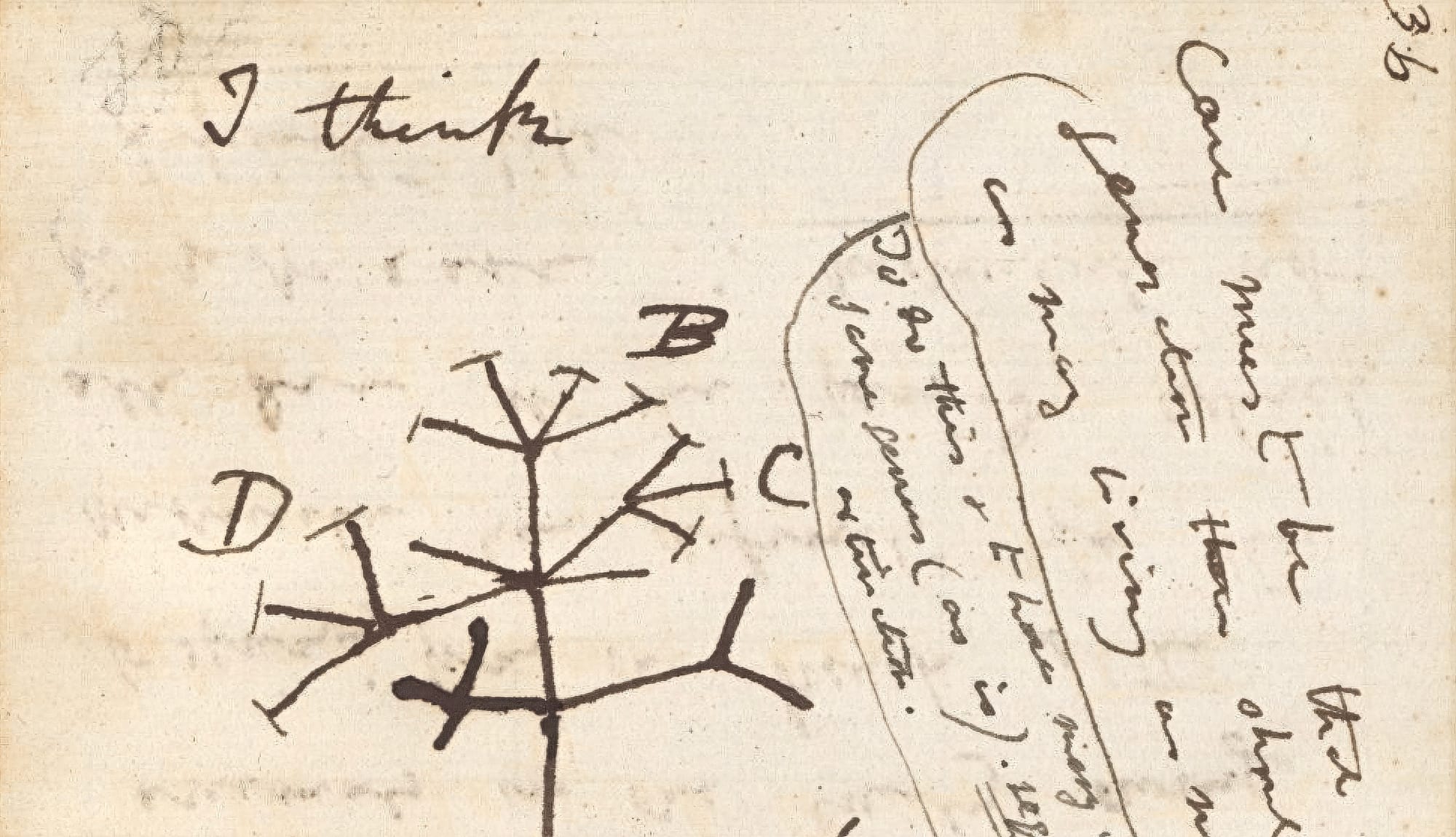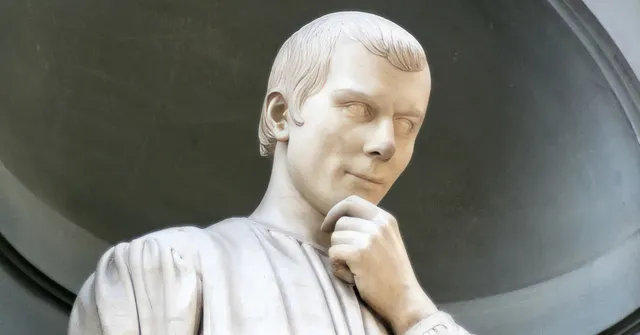Following Darwin to the Galápagos
Retracing Charles Darwin’s 1835 voyage through the Galápagos Islands: San Cristóbal, Floreana, Santiago, and Isabela. A modern journey following Darwin’s footsteps across lava fields, tortoise habitats, and volcanic craters that inspired the theory of evolution.
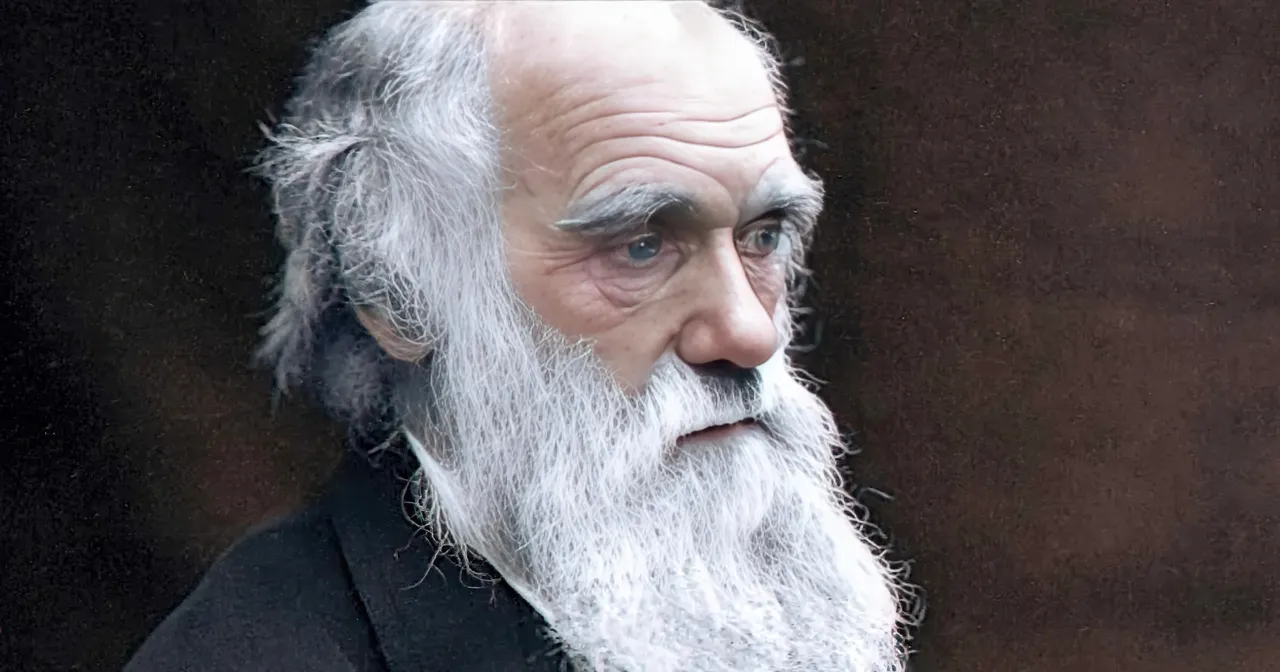
Darwin thought of the islands as a waystation. “Somewhat nearer to England.” A strange consolation. What comfort is there in being closer to home if the ground you are about to step on is cracked, volcanic, and searingly empty? He wanted proximity, not revelation. Yet revelation is exactly what found him.
“In a few days’ time the Beagle will sail for the Galápagos Islands. I look forward with joy and interest to this, both as being somewhat nearer to England and for the sake of having a good look at an active volcano.” Charles Darwin, Letter to J.S. Henslow, July 12, 1835
I think about that often. How often do we approach experience with our minds already set on what will matter, only to have the wrong thing arrest us? He wanted volcanoes. He left with finches and tortoises. That is the story. You go in search of one thing and return rearranged by something you barely noticed at the time.
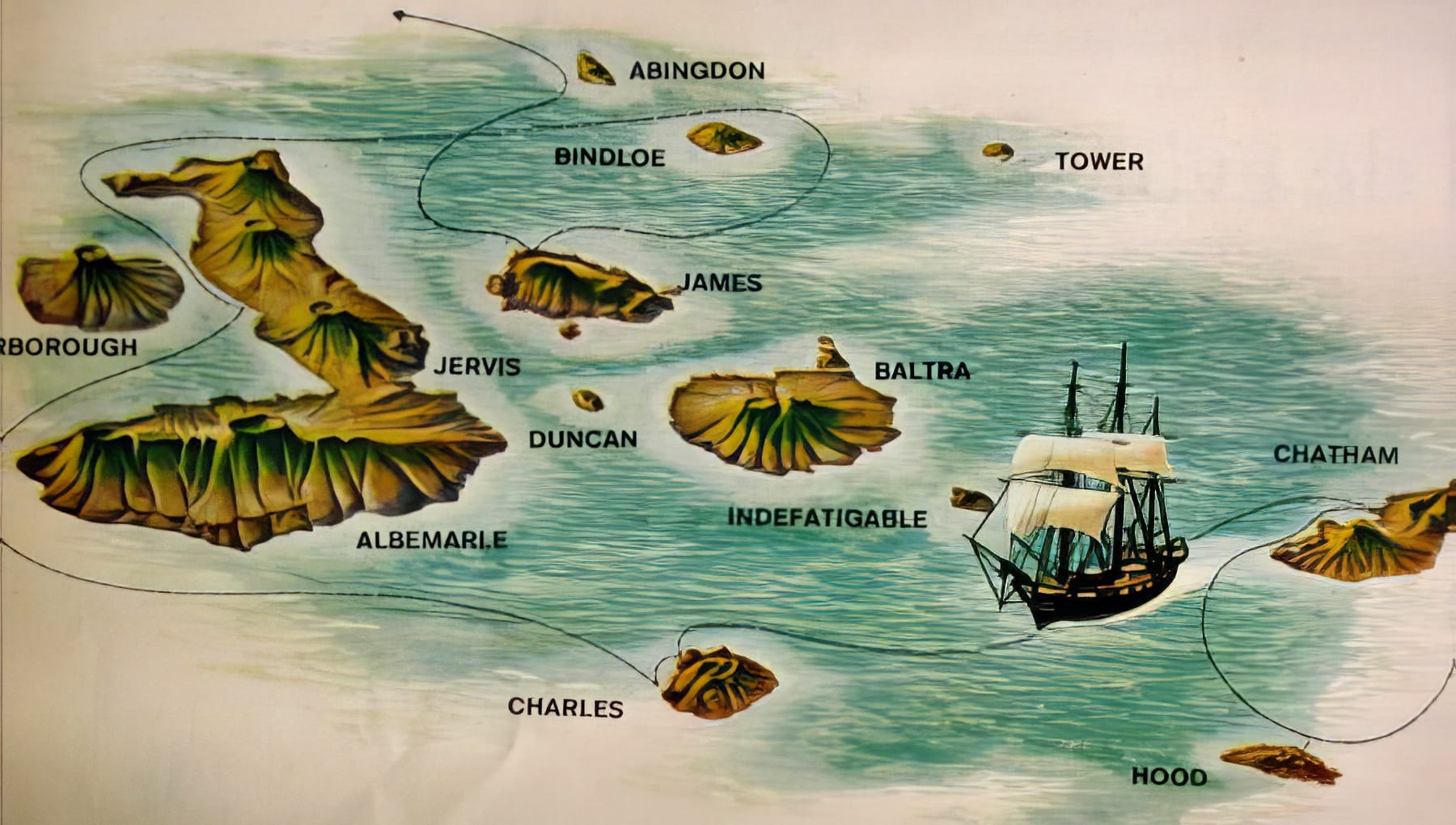
Darwin's Path
Darwin’s route was narrow. Four islands, barely more. On San Cristóbal, he found tortoises large enough to be taken as meat, and birds so dull he could not imagine they mattered. He wrote, “Nothing could be less inviting than the first appearance.” And yet out of that barrenness came an idea that tore holes in certainty.
On Floreana, a penal colony, Lawson the warden pointed out that the curve of a tortoise shell could reveal its island of origin. Darwin scribbled it down, uninterested. Later that casual remark became a fault line across theology and science. The most disruptive truths arrive offhand, unnoticed by the person who receives them.
On Santiago, he camped for a week. He noted salt flats, lava, sterility. “Not one butterfly.” Absence frustrated him, yet absence is what forced the deeper question: how does life arrive here at all? A negative space that pointed to the mechanics of dispersal, colonization, and adaptation.
On Isabela, Tagus Cove, he gazed at a saltwater lake inside a crater. He called it “curious and picturesque.” Words too small for what he was confronting. When language fails, it is often because we are still half-blind to what stands before us.
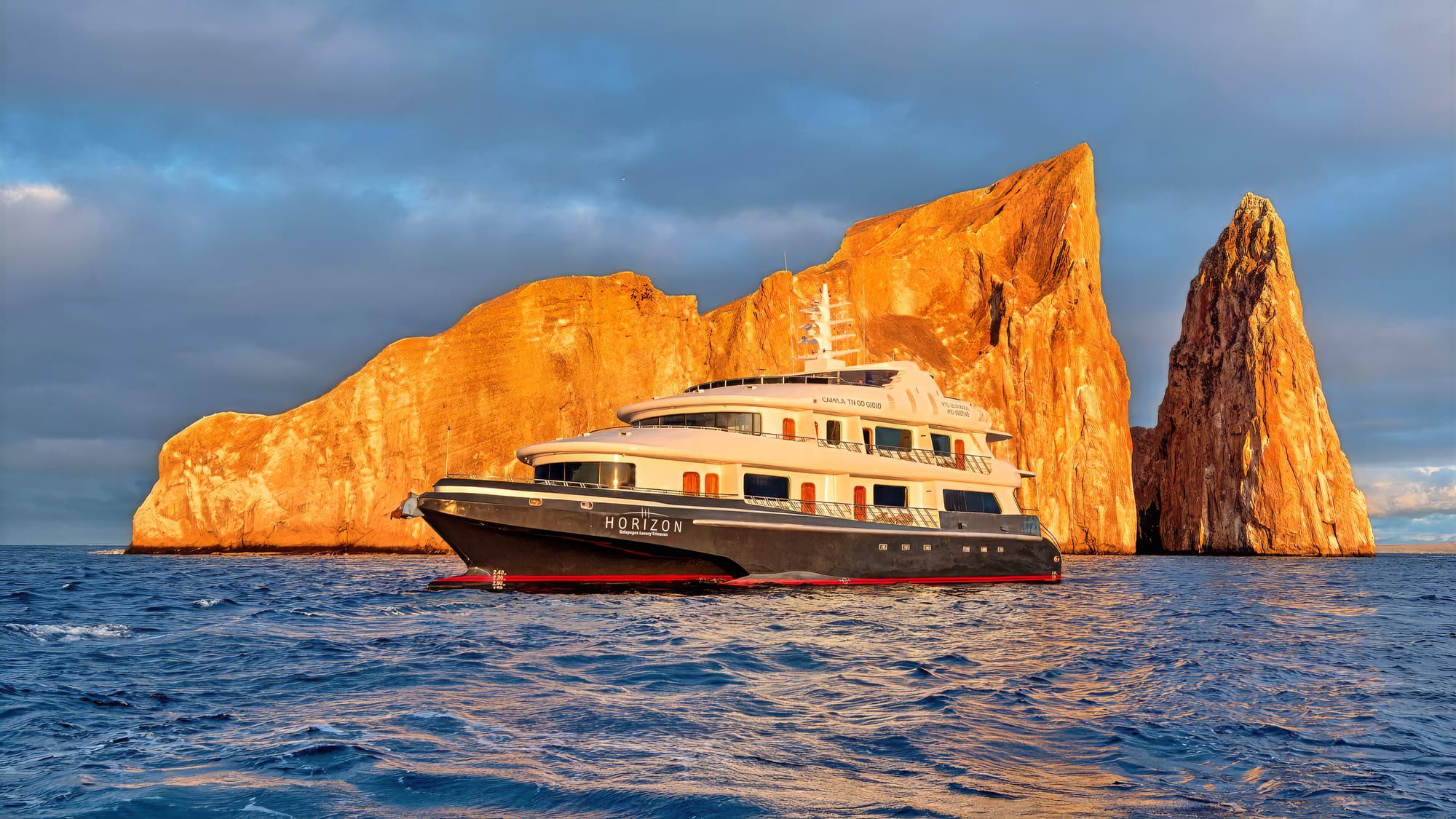
My Own Route
I'm heading to the Galápagos in October on board a catamaran called Horizon and I will land where Darwin landed. San Cristóbal. Floreana. Santiago. Isabela. The same sequence, reshaped by time. Where Darwin saw convicts eating tortoises, I will likely see tourists with cameras. Where he cursed the heat under canvas, I will step from an air-conditioned cabin. The texture of the journey is different, but the land remains the same. Lava is never in a rush.
I will also see what he never saw. Española. Fernandina. Santa Fe. Modern itineraries favor variety, not historical accuracy. That difference reminds me that no journey is ever truly retraced. We walk over other people’s routes, but the world that received them is gone. Only echoes remain.
Darwin later admitted he failed to label his specimens by island. “It never occurred to me, that the productions of islands only a few miles apart… would be dissimilar.” A confession that feels almost humanizing. Even the man who gave us evolution overlooked what was obvious to anyone patient enough to compare. The oversight became the discovery.
That, too, is how ideas work. You miss something. You return to it later. You realize the absence of attention was the attention. The overlooked finch becomes the keystone. The dull bird sings a new law of life.
Why It Matters
Darwin was not yet Darwin in 1835. He was still a young man of privilege, drifting between careers, uncertain of his strength. The Galápagos gave him fragments. Not a theory, not a book, just fragments. He left confused, carrying sketches and skins, nothing more. But he allowed the fragments to gnaw at him. He let them disturb his order. And from that disturbance came a theory that reordered ours.
I expect no such gift. But I do expect the fragments. The silence of lava plains. The fatigue of heat. The unsettling realization that difference hides in places you assumed were the same.
Darwin wrote, “Seeing this gradation and diversity of structure in one small, intimately related group of birds, one might really fancy that… one species had been taken and modified for different ends.” A sentence that reveals the scale of his insight. Birds, yes. But also everything else. Change is the law of life.
Nearly two centuries later, I will stand on the same ground, following in the footsteps of a giant, but only as a tourist. Darwin found fragments. I will take in the echoes. Both can remake you, if you let them.
